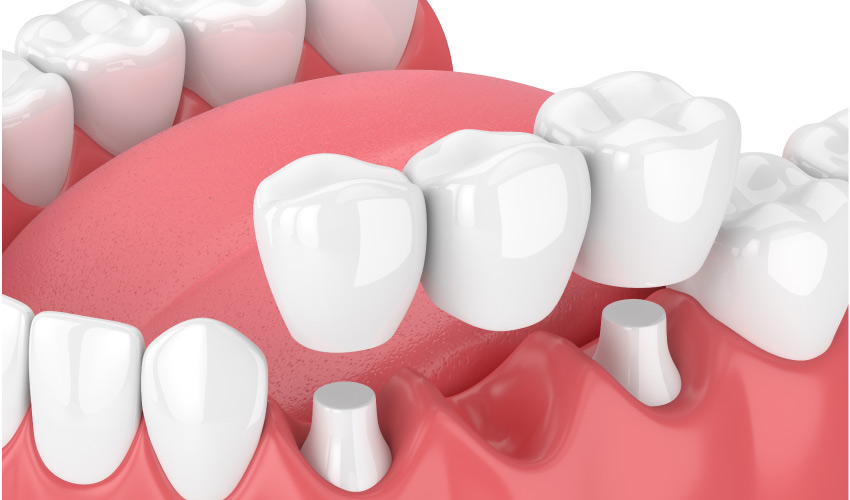What you need to know about Dental Bridge Procedure
Contents
- 1 What you need to know about Dental Bridge Procedure
- 2 What does the Procedure Involve?
- 3 How Long Should You Stay in the Area?
- 4 What’s the Recovery Time Like?
- 5 What Aftercare Should You Consider?
- 6 What is the Success Rate for Dental Bridge Procedure?
- 7 Are there Alternatives to Dental Bridge Procedure?
- 8 What Should You Expect Before and After the Procedure?
A dental bridge is used to close (or bridge) the gap created by one or more missing teeth. It is a false tooth (known as pontic) that is held in place by the anchoring teeth (known as abutment teeth) on the sides of the gap and supported by natural teeth or implants. The pontic can be made from porcelain, alloys, gold, or a combination of these materials. A dental bridge can restore your self-confidence and restore your smile.
What does the Procedure Involve?
You usually need several visits to the dentists to get a dental bridge and the procedure is performed under local anesthetic. During the first visit, your dentist will prepare your teeth by contouring the teeth to allow room for a crown and will make an impression that serves as a model to make the bridge. The bridge is made in a dental lab and you will have to wear a temporary bridge to protect the open teeth and gums while the actual bridge is being created. When the actual bridge is ready, the temporary bridge is removed and the new bridge is adjusted to achieve the best possible fit, then your dentist will cement the bridge into place.

How Long Should You Stay in the Area?
Your stay depends on how long it takes for your dental bridge to be created. You should plan to stay in the area for one to two weeks.
What’s the Recovery Time Like?
You may experience minor pain and swelling, but these will subside within a few days. It may take seven to 10 days until you can get back to your normal diet. However, you can go back to work and continue with all other activities the day after the procedure.
What Aftercare Should You Consider?
To keep your dental bridge fresh and clean and to prolong its life, you will need to make sure you maintain your oral health. Ensure you brush your teeth twice a day, floss once a day, use an antiseptic mouthwash, visit your dentist regularly, and eat a diet high in vegetables and fruits.
What is the Success Rate for Dental Bridge Procedure?
The success rate is high and Dental bridges can last up to fifteen years or even longer. The failure of dental bridges is often associated with poor oral hygiene, which can lead to plaque formation around the bridge. The side effects and risks include tooth decay in anchor teeth, gum disease, damage to neighboring teeth, fractures, and lost bridge.
Are there Alternatives to Dental Bridge Procedure?
If you feel dental bridges are not the right procedure for you, your alternative includes dental implant, dental crown, a root canal with a dental crown, and partial dentures.
What Should You Expect Before and After the Procedure?
If you do not feel confident when you smile because of a missing tooth, dental bridges can address these problems. After a dental bridge procedure, you should be able to chew and have your perfect smile back.
For an in-depth analysis of a Dental Bridge Procedure, watch this short video.
To check prices or to book a Dental Bridge Procedure in Thailand or anywhere else in the world, head on over to MyMediTravel now!

